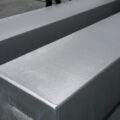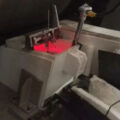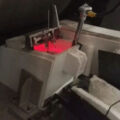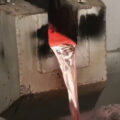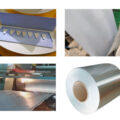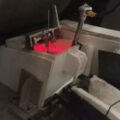In the aluminum coil rolled products industry, the continuous casting and rolling process have been widely used in the production of coils.
In the world’s total output of aluminum plates, strips, and foils, hot-rolled billets are less than 20%, and lower-cost twin-roll continuous casting billets are more than 80%.
Improving the quality of double-roll continuous cast-rolled aluminum coils can eliminate defects such as white strips, black spots, large grains, sticky rolls, and cracked edges of the cast-rolled sheet.



